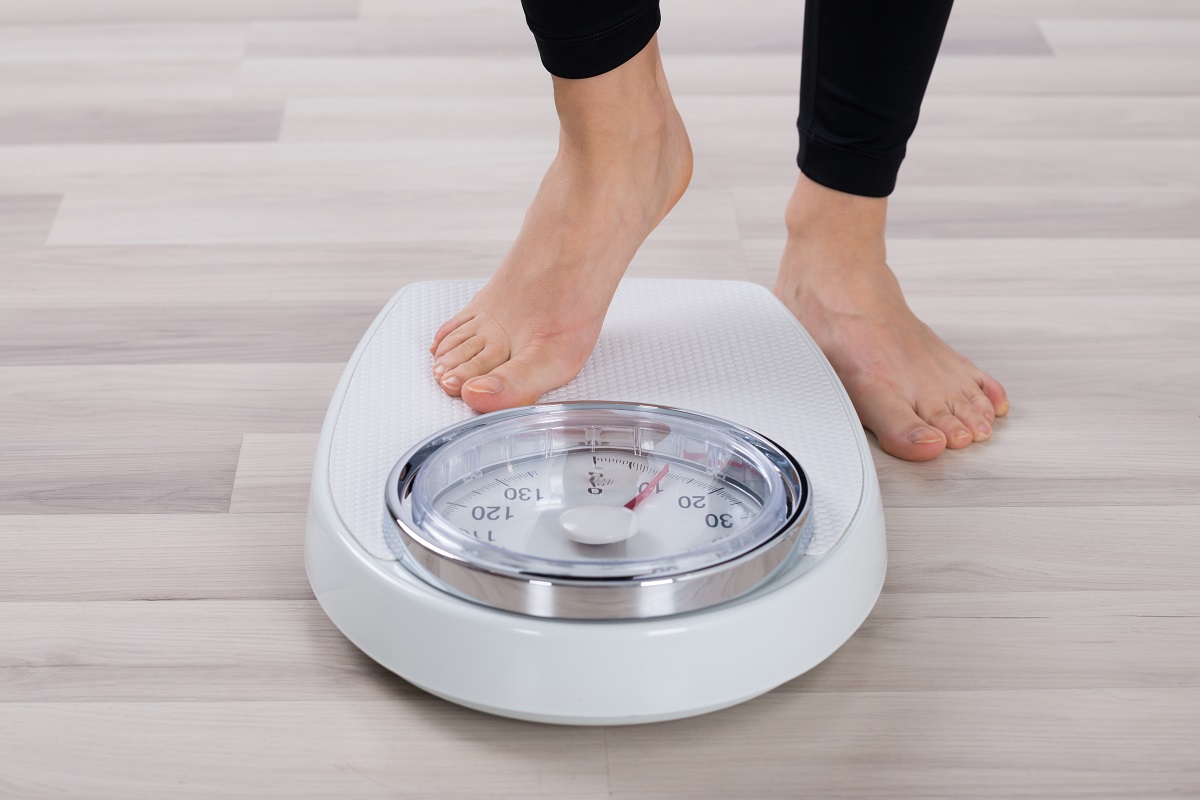The modern world is obsessed with productivity. Articles and videos on streamlining work and hacking habits are commonplace. Digital stores hold a myriad of mobile and web-based productivity applications like Kanban-style Trello, note-taking workspace Notion, and to-do-list Wunderlist. Meanwhile, on the analog side, paper planners tout their personal management systems and calendars to keep track of dates. But everyone has their style and preferences that can’t be fulfilled by just one productivity process. For those looking to remix methods to suit one’s workflow, there’s bullet journaling.
Conceptualized by digital product designer, Ryder Carroll in 2013, bullet journaling is a paper-based method that helps people stay organized without being limited to a specific template. Flexibility is the name of the game where you’re free to include a calendar, habits tracker, reading list, and a Kanban board in one notebook. Sky’s the limit! If you can’t wait to get started, check out the following materials you need to start your BuJo journey.
Notebook
A sturdy notebook is the be-all and end-all of bullet journaling. What elements make for a good notebook for you? Does it have to have an inspiring quote as a cover? Do you prefer blank pages, grid types, or lined? What kind of binding makes writing easier? Pick one you’ll be comfortable using and proud to carry everywhere you go.
Stamp set
Investing in a durable stamp set can save you time replicating the templates you need for your bullet journal. You might want to get one that has the days of the week printed or glasses of water to serve as a water intake tracker. If you’re the decorative kind, you can opt to use border stamps to lend a bit of flair to every page.
Colored pens

Colors have a big impact on how our brain processes information. Marketers have used color theory to influence people to buy their products. Have you ever wondered why stores use a bright red color to announce they have a sale? Using red creates a sense of urgency and is associated with movement and excitement. You too can make use of colors to help in hack and track your productivity; utilize colored pens instead of a plain black one.
Printables
If you’re still at a loss on how you would want to design the different pages of your bullet journal, the Internet has a lot of resources. Many veterans share their templates that you can easily print and glue to your pages. They can also serve as an inspiration to create your own style. A ring-bound refillable notebook might be your best bet if you find yourself using printables often.
Commitment
As with every other productivity system, bullet journaling will only be as effective as your commitment to using it. There is nothing wrong with a trial and error process for your first notebook. You can treat it as practice until you find the right systems that work for you—but you have to give it more than a week and a degree of patience to see what is effective for your needs. Researching and reading about methods it’s not the same as actually testing them if they help you become a better organized person. Commit to and trust the process before moving on.
The beauty of bullet journaling lies in its versatility, simplicity, and creativity. At its most basic, all you need is a notebook and a pen to get started, but different materials can help elevate your experience. It’s like a “choose your own adventure” game that helps you stay on top of things, one creative, customized page at a time.




